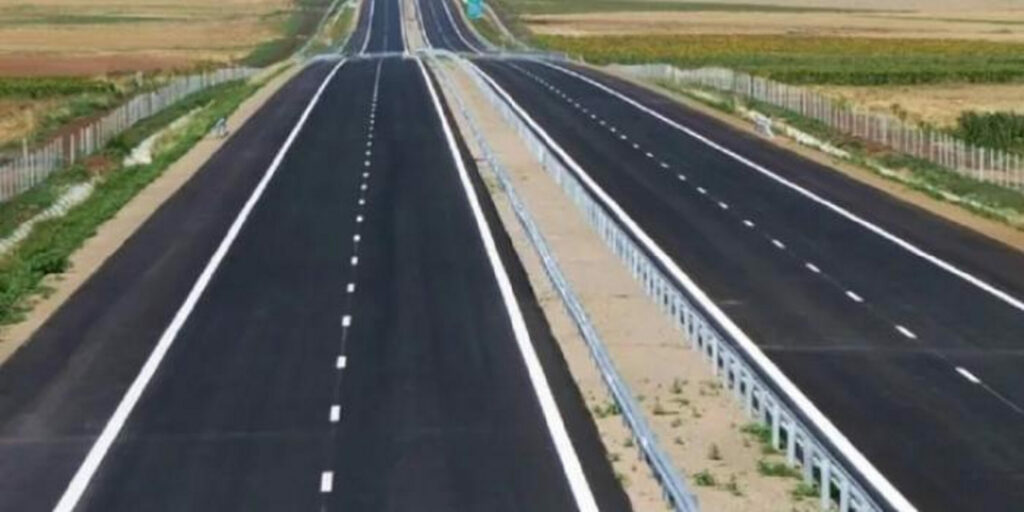Rironi-Mau Summit Highway Project Gears Up for Major Upgrade
By Street Staff Writer | August 2, 2025
The Rironi-Mau Summit Highway project, a critical infrastructure initiative, is set to transform regional connectivity with a major upgrade to a four-lane dual carriageway. Spanning approximately 175 kilometers along the A8 corridor, with an additional 56-kilometer A8 South section from Rironi to Naivasha via Mai Mahiu, the project promises to enhance transport efficiency, boost trade, and improve safety along this vital route. With a groundbreaking scheduled for August 2025, the project is gaining momentum under a public-private partnership (PPP) model.
The highway, a key segment of the Northern Corridor linking Mombasa to landlocked regions, is designed to address longstanding issues of traffic congestion and safety. The upgrade includes widening the A8 section into a four-lane dual carriageway, with plans for potential expansion to six lanes in high-traffic zones. The A8 South bypass, aimed at reducing congestion in Rironi, Mai Mahiu, and Naivasha, will be strengthened and maintained as a seven-meter carriageway with two-meter shoulders. Additional features include new interchanges, parking yards for long-distance trucks, and safety enhancements at notorious blackspots.
In a significant development, the project has attracted new interest from investors after the termination of a previous Sh190 billion deal with a French consortium in April 2025, which sparked concerns over high toll fees ranging from Sh780 to Sh6,450. The government paid Sh6.2 billion in termination fees to the consortium, which included Vinci Highways SAS, Meridian Infrastructure Africa Fund, and Vinci Concessions SAS, due to fiscal risks and public backlash over affordability. Now, two Chinese firms—China Road and Bridge Corporation (CRBC) and Shandong Hi-Speed Road & Bridge International—have been approved to advance to the project development phase, with a third proposal from Multiplex Partners under review.
The project, valued at approximately Sh90 billion, is expected to commence in August 2025 and conclude by July 2027. It will be funded through a PPP model, with tolls averaging Sh6 per kilometer—around Sh1,050 for a standard vehicle traveling the full A8 stretch. Heavy commercial trucks will face higher rates based on axle count, aligning with the National Tolling Policy. The private concessionaire will recoup costs over a 30-year period through toll revenues, a model that has raised concerns about affordability for low-income users and transporters.
Transport authorities have emphasized the economic benefits, including reduced travel times and enhanced regional trade. The highway is expected to create 1,500 jobs during construction and 200 during operations, with at least 40% local content in labor and materials. A new bypass around Nakuru, alongside improvements like a four-kilometer elevated highway, aims to ease urban congestion and support the growth of special economic zones and logistics hubs.
Despite the optimism, challenges remain. The absence of a free alternative route has been a contentious issue, with critics arguing that tolls could burden low-income motorists. Public participation forums are planned to address environmental and social impacts, ensuring community input. Posts on X reflect excitement about the project’s potential to reduce congestion and modernize the corridor, with users highlighting its role in integrating freight depots and regional logistics.
As the project moves forward, stakeholders are urged to balance economic gains with accessibility to ensure the highway serves all users equitably. Stay tuned to Street.co.ke for updates on this transformative infrastructure milestone.

